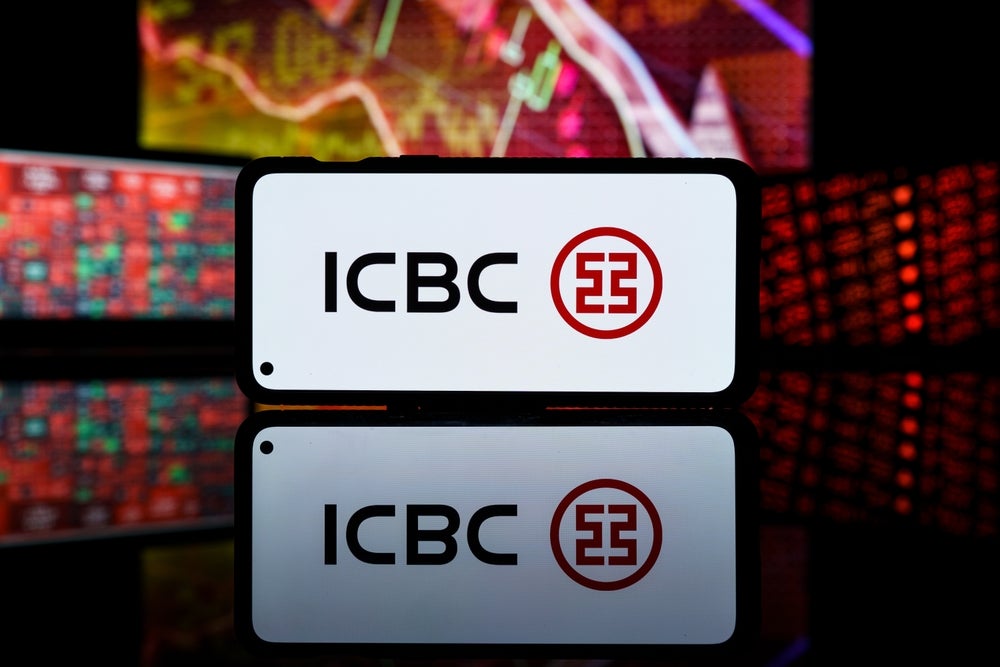Emerging markets debt (EMD) portfolio managers and strategists at money manager Neuberger Berman say that contrary to some recent market views, they believe growth in emerging markets economies is likely to improve and the financing needs of sovereign and corporate issuers are relatively moderate, potentially limiting supply, supporting credit fundamentals and spreads, and providing a constructive environment for bonds.
While the team’s outlook is cautious for the second half of 2013, Neuberger Berman’s EMD managers and strategists anticipate that overall emerging market (EM) economies could achieve growth of over 5% this year – after first-half growth of 4.8% and 2012 growth of 5.2%. In 2014, the team believes that EM economic growth could exceed 6%.
"We believe that investors have made too much of slowing growth in emerging markets," said Rob Drijkoningen, co-head of the Neuberger Berman EMD team. Gorky Urquieta, co-head, adds "We expect some economic resurgence, supported by global recovery, particularly in the developed markets, which should partially offset China’s slowdown, even as EM policymakers gradually scale back monetary support."
Overall, EMD’s recent underperformance relative to U.S. spread products and European peripheral sovereigns has improved the relative value of emerging markets debt, according to the Neuberger Berman team, which believes sovereign credit spreads are attractive compared with historical levels and current expected default rates. Corporate debt should largely mirror sovereign performance, but carry some risk due to recent outperformance over sovereigns.
Within the EM corporate sector, high yield issues offer an additional spread cushion in the event of a U.S. Treasury sell-off, according to the Neuberger Berman team. Local currency debt is the EMD team’s preferred market segment through year-end 2013. Real rates have become more positive as inflation and inflation expectations remain contained, and EM central banks are mostly neutral to accommodative, which should limit risk from U.S. interest rates. While below-potential growth is likely to be beneficial for EM local bonds, monetary shifts between EM and the U.S. and commodity weakness may hamper the currencies in which such debt has been issued.
"We believe the structural case for EMD remains strong, as investors increasingly recognize the economic significance, improved credit quality, and depth of EM economies and markets," said Urquieta. "EMD should continue to benefit from the long-term trend of inflows, as fixed income investors add exposure to emerging markets, which are structurally underrepresented in their portfolios," said Drijkoningen.
How well do you really know your competitors?
Access the most comprehensive Company Profiles on the market, powered by GlobalData. Save hours of research. Gain competitive edge.

Thank you!
Your download email will arrive shortly
Not ready to buy yet? Download a free sample
We are confident about the unique quality of our Company Profiles. However, we want you to make the most beneficial decision for your business, so we offer a free sample that you can download by submitting the below form
By GlobalDataEarlier this year, 22 EMD investment professionals joined Neuberger Berman to provide investment capabilities spanning hard and local currency mandates, as well as EMD corporate bond and dedicated Asian debt strategies. The investment staff, which includes 12 portfolio managers, six credit analysts and four economists and strategists, operates from offices in the US, Europe and Asia, providing dedicated regional expertise and around-the-clock market coverage. While at a previous investment management firm, team members managed over US$16 billion in EMD assets.






